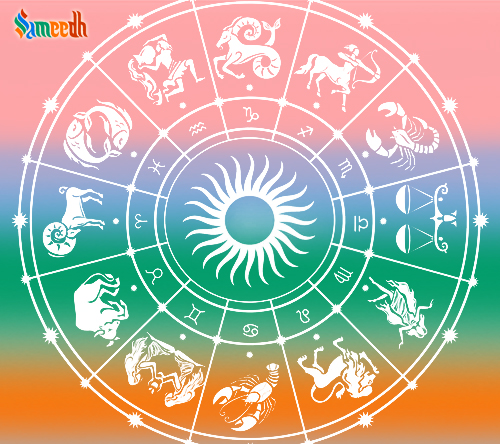Iyengar yog combines the emotions, mind and body when practised regularly. Every age group and body type can practise Iyengar yog. It is renowned for focusing on time and precision as well as the use of yogcharya Iyengar’s designed props.

Yogcharya B.K.S. Iyengar founded and developed the Iyengar Yog system more than 75 years ago. He dedicated his life to the development of his yog philosophy that is based on the conventional Ashtang yog, first established by the Rishi Patanjali more than two thousand years ago. Yogcharya Iyengar established yog with the concept that it is more than just a physical discipline.
Journey of Yogcharya BKS Iyengar
BKS Iyengar, also known as Bellur Krishnamachar Sundararaja, was born on December 14th, 1918. Sri Krishnamachar, his father, was a school teacher. When he was young, Yogcharya battled a number of ailments. His Mentor Sri T. Krishnamacharya introduced him to yog when he was 16 years old. Due to his knowledge of rudimentary English at the age of 18, his guru sent him to Pune, Maharashtra to train and promote yog. Due to this, he lost the chance to receive further training of yog from his guru. He was able to experiment with yog asans and improve them with his own practice.
Iyengar always uses an analogy to his students when he is explaining yog, likening the body and mind to a thread and a needle. He believes that if the needle represents consciousness, the needle’s eye represents intellect, and the thread you run through the needle represents your mind. Here, the thread of the mind passes through the needle’s eye of intelligence and the needle, or consciousness, moves within the body. He claims that once asans are mastered, the mind passes through the intellect and the consciousness flows to the body. Due to his hands-on approach to teaching and lion-like demeanour, he claims that some of his students believed his initials, BKS, meant for Beat, Kick, and Slap.
What makes Iyengar Yog different?
Iyengar yog combines the emotions, mind and body when practised regularly. Every age group and body type can practise Iyengar yog. It is renowned for focusing time and precision as well as the use of yogcharya Iyengar’s designed props, which enable practitioners to achieve asan perfection. Precision and alignment are stressed in Iyengar Yog, which is a particularly thorough kind of yog. It is a great way to develop flexibility and strength since it focuses on the nuances of how you control your breathing (pranayam) and posture (asan).
The manner in which poses are taught in an Iyengar yog class is similar throughout the world. Each teacher will choose a set of poses for a particular class for a certain reason, but no matter who the teacher is or where you are in the world; every pose is fundamentally the same. This implies that you can enter any Iyengar classroom and feel at home right away. Standing positions will be the main focus of an introductory Iyengar yog session so that you may master the principles about how to adapt and realign the body properly. Even when you’ve mastered the most difficult poses, you should still practise standing poses because they serve as the foundation for increasingly difficult postures.
Iyengar Yog and certification
A global, systematic system of instruction distinguishes Iyengar Yog from other approaches. Iyengar yog teachers that have attained certification ‘Certified Iyengar Yog Teacher’ (CIYTs) have undergone extensive training and testing. Only CIYTs are allowed to refer to their teaching style as Iyengar Yog. CIYTs are qualified to give precise explanations of every posture and are adept at maximising the understanding of the body by using affordable props to assist and transcend the experienced practitioner.
Instead of emphasising immediate and transitory results, teaching emphasises slow but consistent improvement. The CIYT created a special sequence for each Iyengar Yog session to lead students through a secure and orderly progression. Students develop vitality, clarity, and calmness by learning to access the inner layers of mind, energy, and spirit via skilful instruction and practice.
